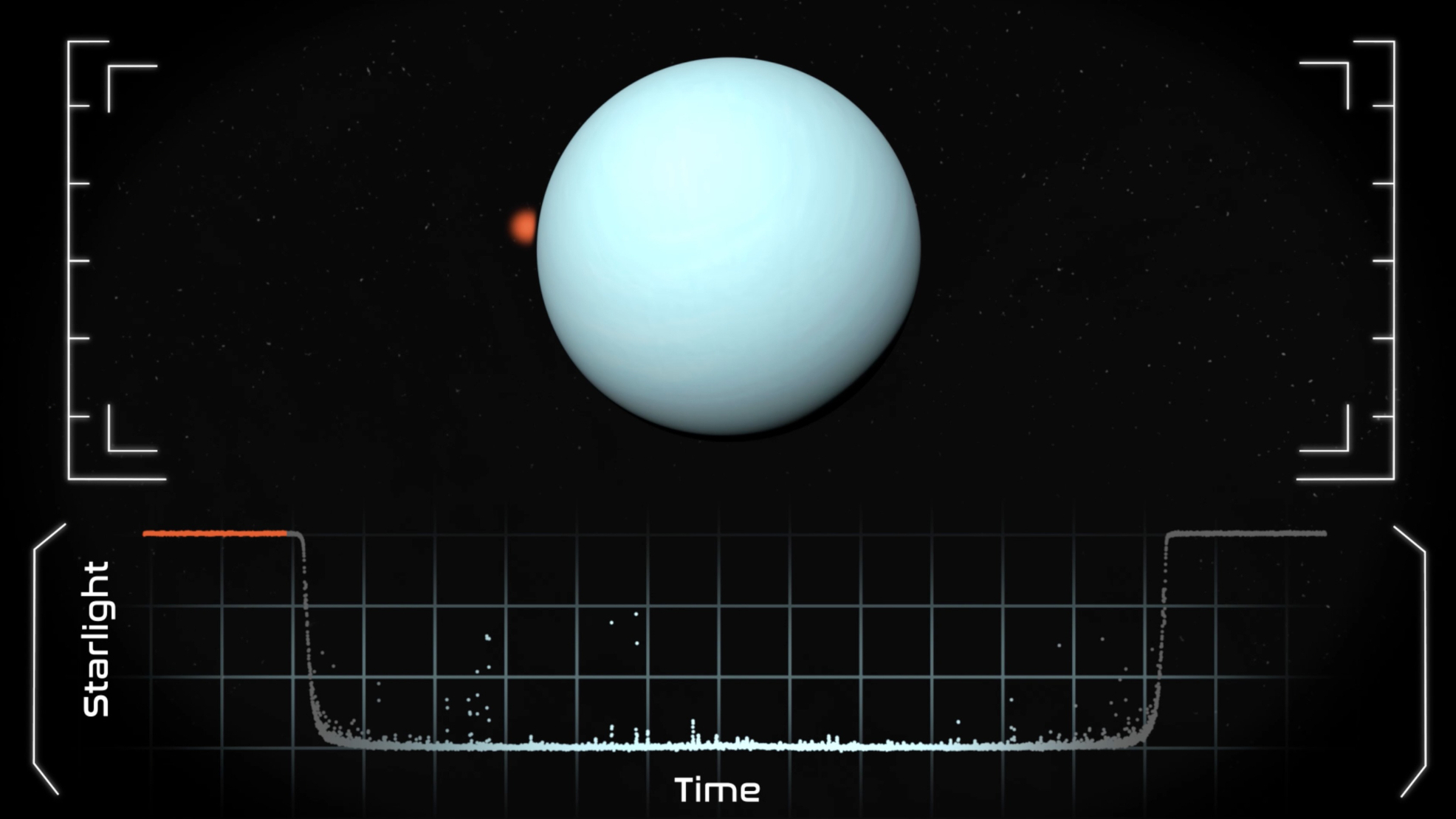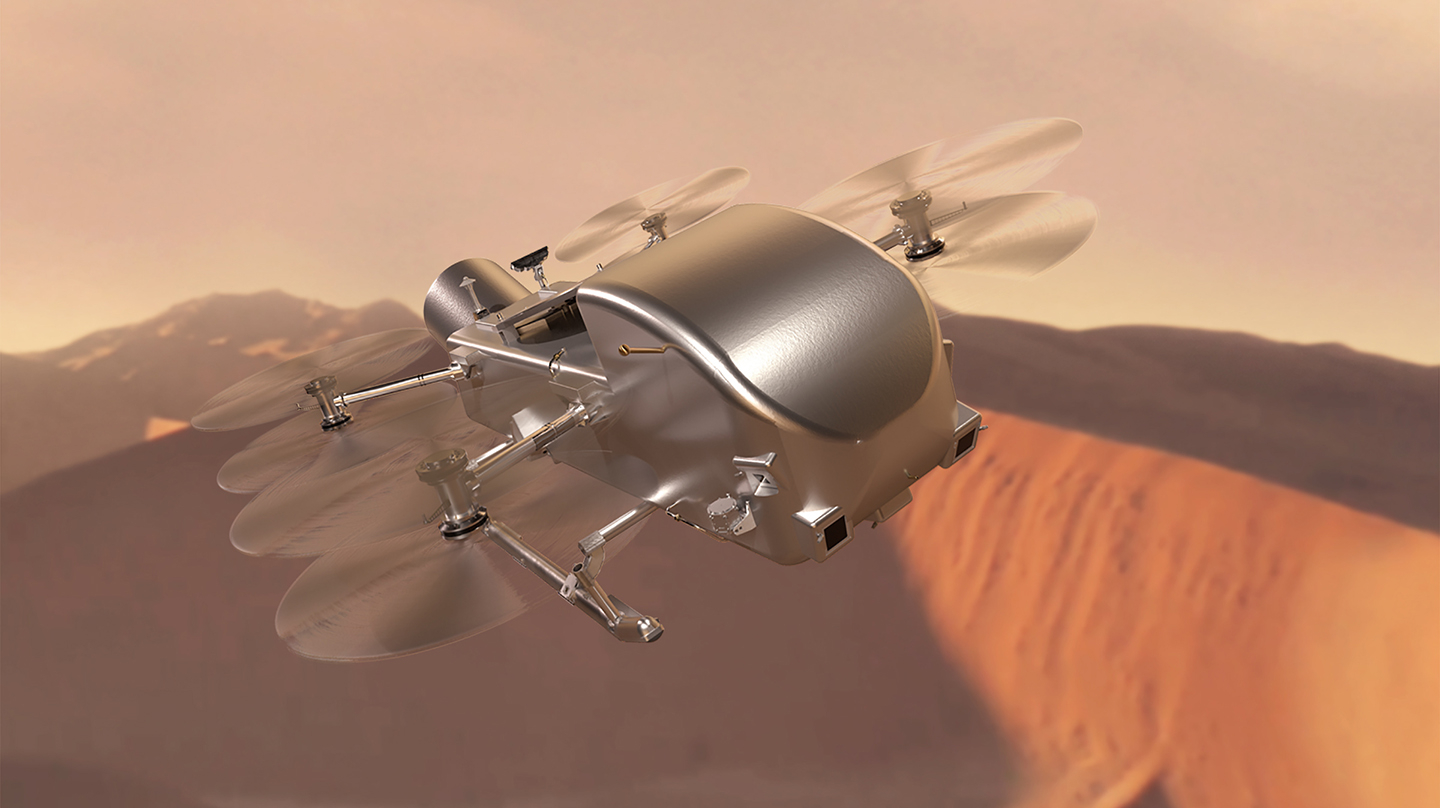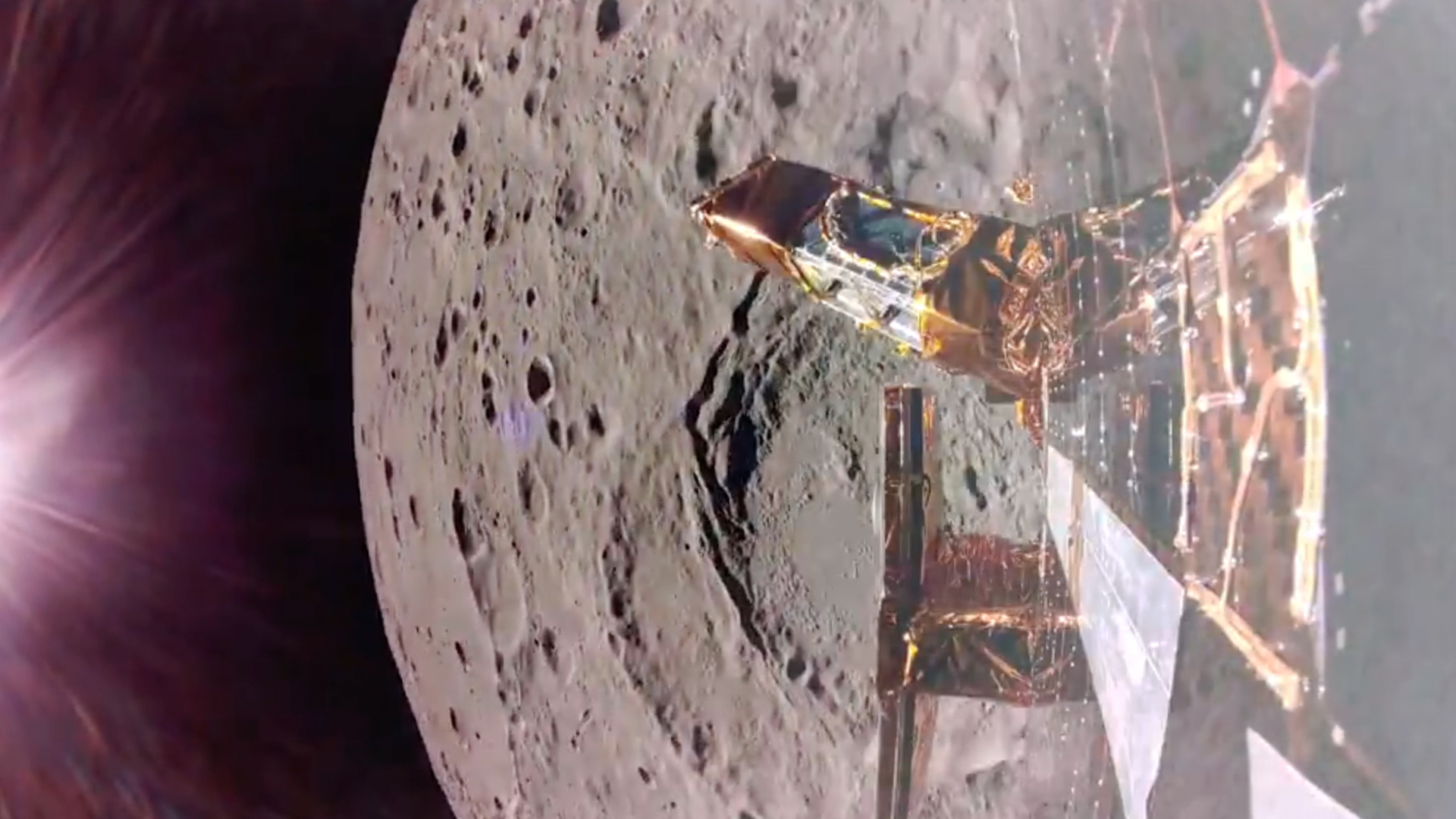Uranus passed between Earth and a distant star this month — and NASA caught the rare event
"This was the first time we have collaborated on this scale for an occultation."

NASA researchers got a rare chance to study Uranus' atmosphere and rings this month, when the ice giant passed between Earth and a distant star, creating a "stellar occultation."
This rare event lasted about an hour on April 7 and was only visible from western North America. The last time a bright stellar occultation of Uranus occurred was 1996, so NASA came prepared. An international team of more than 30 astronomers, led by planetary scientists at NASA's Langley Research Center in Virginia, used 18 observatories to gather data.
"This was the first time we have collaborated on this scale for an occultation," William Saunders, a planetary scientist at Langley, said in a statement.
"I am extremely grateful to each member of the team and each observatory for taking part in this extraordinary event," Saunders added. "By observing the occultation from many large telescopes, we are able to measure the light curve and determine Uranus' atmospheric properties at many altitude layers."
Related: Uranus: Everything you need to know about the coldest planet in the solar system
For example, the scientists measured the temperatures and composition of Uranus' stratosphere, the middle layer of its atmosphere. They were able to see how the stratosphere has changed since 1996, when NASA got a snapshot of Uranus' atmosphere during the last significant stellar occultation.
The data NASA just collected "could help enable future Uranus exploration efforts," agency officials said in the statement.
Get the Space.com Newsletter
Breaking space news, the latest updates on rocket launches, skywatching events and more!
Uranus, which is currently about 2 billion miles (3.2 billion kilometers) from Earth, does not have a solid surface. Instead, the planet has a soft surface that's a mixture of water, ammonia and methane. Researchers call Uranus an ice giant because its interior consists largely of these fluids, all of which have low freezing points. The planet's atmosphere is mostly made up of hydrogen and helium.
"The atmospheres of the gas and ice giant planets [Jupiter, Saturn, Uranus and Neptune] are exceptional atmospheric laboratories because they don't have solid surfaces," Emma Dahl, a postdoctoral scholar at the California Institute of Technology who assisted in gathering observations from NASA's Infrared Telescope Facility in Hawaii, said in the same statement.
"This allows us to study cloud formation, storms and wind patterns without the extra variables and effects a surface produces, which can complicate simulations very quickly," she added.
NASA says Uranus will occult several dimmer stars over the next six years. The next significant Uranus occultation, which will involve a star even brighter than the one blocked out this month, will come in 2031.
Join our Space Forums to keep talking space on the latest missions, night sky and more! And if you have a news tip, correction or comment, let us know at: community@space.com.
Julian Dossett is a freelance writer living in Santa Fe, New Mexico. He primarily covers the rocket industry and space exploration and, in addition to science writing, contributes travel stories to New Mexico Magazine. In 2022 and 2024, his travel writing earned IRMA Awards. Previously, he worked as a staff writer at CNET. He graduated from Texas State University in San Marcos in 2011 with a B.A. in philosophy. He owns a large collection of sci-fi pulp magazines from the 1960s.
You must confirm your public display name before commenting
Please logout and then login again, you will then be prompted to enter your display name.










